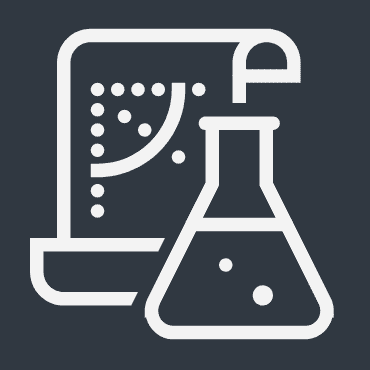Demystifying three types of Transformer Architectures powering your Foundation Models
Let's evaluate the key differences between the three types of transformer architectures which power the Foundation Models.

Transformers have become integral to natural language processing, with various architectures being adopted for different use cases. Broadly, these architectures can be categorized into three types: encoder-only models like BERT, decoder-only models like GPT, and encoder-decoder models like BART.
Encoder-only models such as BERT and RoBERTa are autoencoding models that process the full input sequence bidirectionally before encoding it into a fixed-length vector representation. They are commonly used for tasks like sentiment analysis, named entity recognition, and text classification. Decoder-only models like GPT, LLAMA, and BLOOM are autoregressive, generating text uni-directionally one token at a time. They excel at text generation and similarity detection.
Encoder-decoder models combine the bidirectional encoding of encoder-only models with the unidirectional text generation capability of decoder-only models. This makes them well-suited for sequence-to-sequence tasks like translation, summarization, and question answering. For example, T5 is trained using span corruption rather than conventional language modeling.
In this blog post, we'll dive deeper into how these three transformer archetypes differ in their architecture, training techniques, and ideal use cases. Understanding the strengths and weaknesses of each approach is key to leveraging transformers effectively for natural language processing.
| Encoder-only | Decoder-only | Encoder Decoder | |
|---|---|---|---|
| Model Type | Auto Encoding Models | Auto Regressive Models | Sequence to Sequence Models |
| Examples | BERT, ROBERTA | GPT, LLAMA, BLOOM | T5, BART |
| Processing | Bi-directional | Uni-directional | Both bi-directional (in the encoder) and uni-directional (in the decoder) |
| Usecases | Sentiment Analysis, Named Entity Recognition, Word Classification | Text Generation, Similarity detection, Multiple choice answering | Translation, Text Summarisation, Question and Answering |
| Pre-train method | MASS Language Modeling | Causal Language Modeling | Varies. For ex: T5 is trained using Span Corruption |
Summary
Encoder-only models are great for text classification tasks, decoder-only models excel at text generation, and encoder-decoder models handle sequence-to-sequence tasks best. Selecting the right transformer architecture is crucial for optimal NLP performance. The encoder-decoder paradigm opens up possibilities for more human-like language AI.
